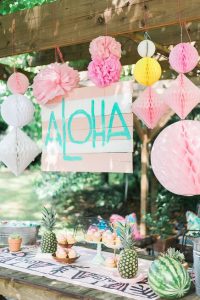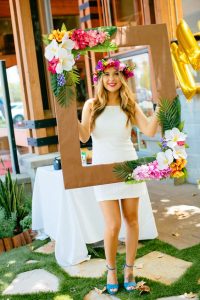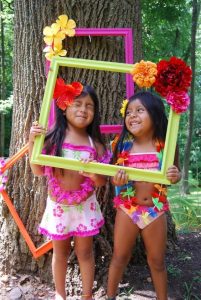Hawaiian Culture and Hawaiian Parties: A Glimpse in its History
 Hawaiian parties are parallel in meaning with fun, colourful, and vibrant. Most of us perceive a party with this theme as a party full of music, great food, and a rather refreshing atmosphere — almost an escape, which makes it one of the most favourite parties we all enjoy being a part of. However, do we really know enough about its beginnings and the true meaning behind celebrations like this? Let us give you some facts and take you back in time to know more about this festive celebration.
Hawaiian parties are parallel in meaning with fun, colourful, and vibrant. Most of us perceive a party with this theme as a party full of music, great food, and a rather refreshing atmosphere — almost an escape, which makes it one of the most favourite parties we all enjoy being a part of. However, do we really know enough about its beginnings and the true meaning behind celebrations like this? Let us give you some facts and take you back in time to know more about this festive celebration.
Luau does mean party. At present, whenever we hear the word “luau”, we often conjure the images of food, fire dancing, hula, and everything that reminds us of the aloha spirit. However, the world luau is a dish that is a combination of tender young taro leaves and chicken baked in coconut milk. Remember to include this dish on your next Hawaiian party and spread the knowledge about what Luau is to your guests as well.
These food practices were rich symbolisms of the celebration and the main reason for doing such is to unite the participants, similar to the way old Hawaiians braid strands of coconut husk fiber when creating cords and ropes. Some of the foods served during the celebration represent strength, virtues, and goals that the participants hope to achieve.
Another interesting fact about Hawaiian parties is that fire and knife dancing beneath palm trees, a common form of entertainment during such events, is not actually of Hawaiian origin. This aspect originated in 1946 when the father of the fire-knife dance, Letuli Misilagi, graced a performance at the Golden Gate Park. Through time, this performance transcended to the Hawaiian party and events that we all grew up witnessing.
 The Lei tradition also did not originate in Hawaii. Polynesian travelers brought these beautiful flowers across the waters to give as beautiful, fragrant gifts to the dwellers of Hawaii. Now, it is a symbol of welcome for arrivals and guests, and good luck at time of departure. To show respect to your hosts during a Hawaiian party, remember to wear the Hawaiian lei as long as you are in the presence of the giver.
The Lei tradition also did not originate in Hawaii. Polynesian travelers brought these beautiful flowers across the waters to give as beautiful, fragrant gifts to the dwellers of Hawaii. Now, it is a symbol of welcome for arrivals and guests, and good luck at time of departure. To show respect to your hosts during a Hawaiian party, remember to wear the Hawaiian lei as long as you are in the presence of the giver.
Hula dancers go to school. In ancient Hawaii, hula dancers are trained in schools called Halau. Here, they are rigorously trained with the codes of conduct and strict discipline of the hula dance. Although the Hula dance of today is already different, keeping the culture of Hawaiian dancing is still very alive.
Hope you enjoyed this brief glimpse in Hawaiian party history. Do you know of any other history trivia?

